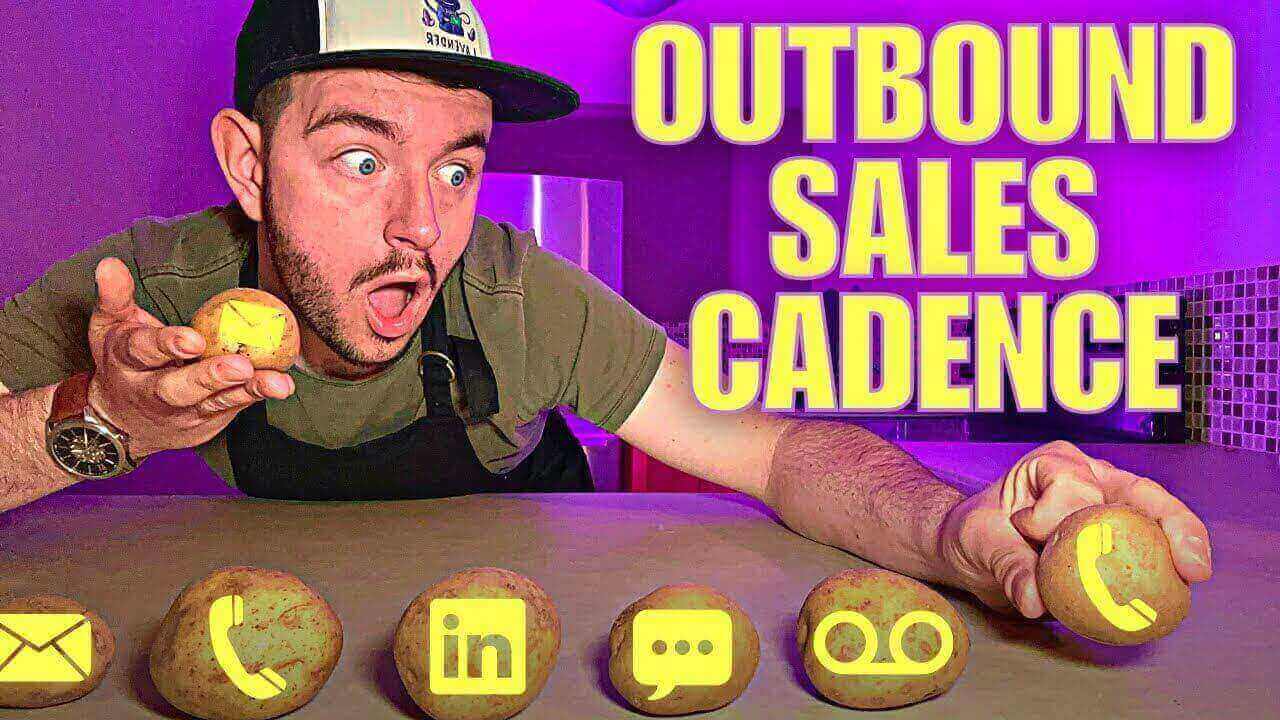Outbound sales cadence
In this situation, you’re communicating with a new potential prospect. A complete stranger.
As such, it’s best to keep your overall number of touchpoints small to avoid driving them off. For example:
-
Day 1: Initial email or SMS
-
Day 2: Follow-up email or SMS
-
Day 4: Call
-
Day 7-8: Further email
-
Day 12: Call
-
Day 14: Final email
Inbound sales cadence
Inbound sales are when a customer contacts or interacts with your business.
This means they’re more likely to have enthusiasm for what you’re offering, so you can afford to be more liberal with your cadence duration and number of touchpoints.
These days, brands get more and more business via social media marketing, so let’s use that in this example:
-
Day 1: Social media interaction
-
Day 2: Mailing list CTA via social media
-
Day 5: Email or SMS
-
Day 8: Call
-
Day 12: Email or SMS
-
Day 18: Call and voicemail
-
Day 25: Email and SMS
-
Day 30+: Call or email
B2B sales cadence
Finally, let’s look at a cadence for B2B prospects. Just be aware, when dealing with other businesses, you’ll inevitably have to work around their schedule.
As such, the following should be flexible:
-
Day 1: Initial call
-
Day 2: Follow-up email
-
Day 4: Call
-
Day 10: Email
-
Day 16: Email or call
-
Day 30: Phone call and email
-
Day 60: Email
-
1 month later: Email
-
4 months later: Phone call













